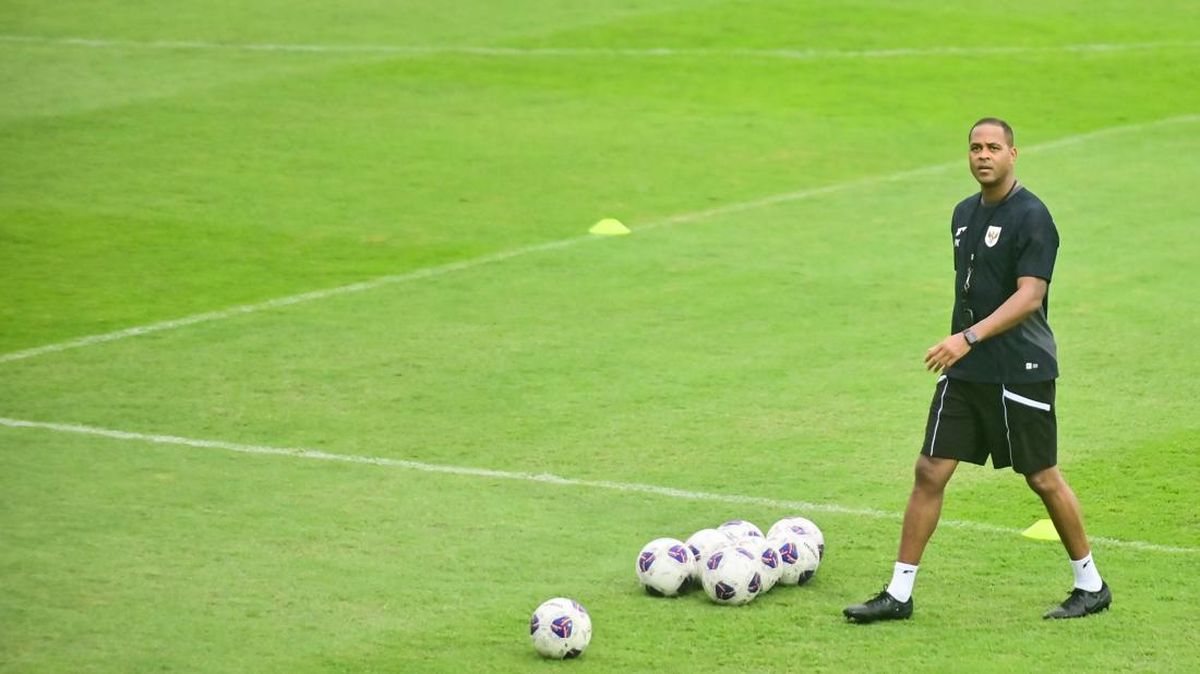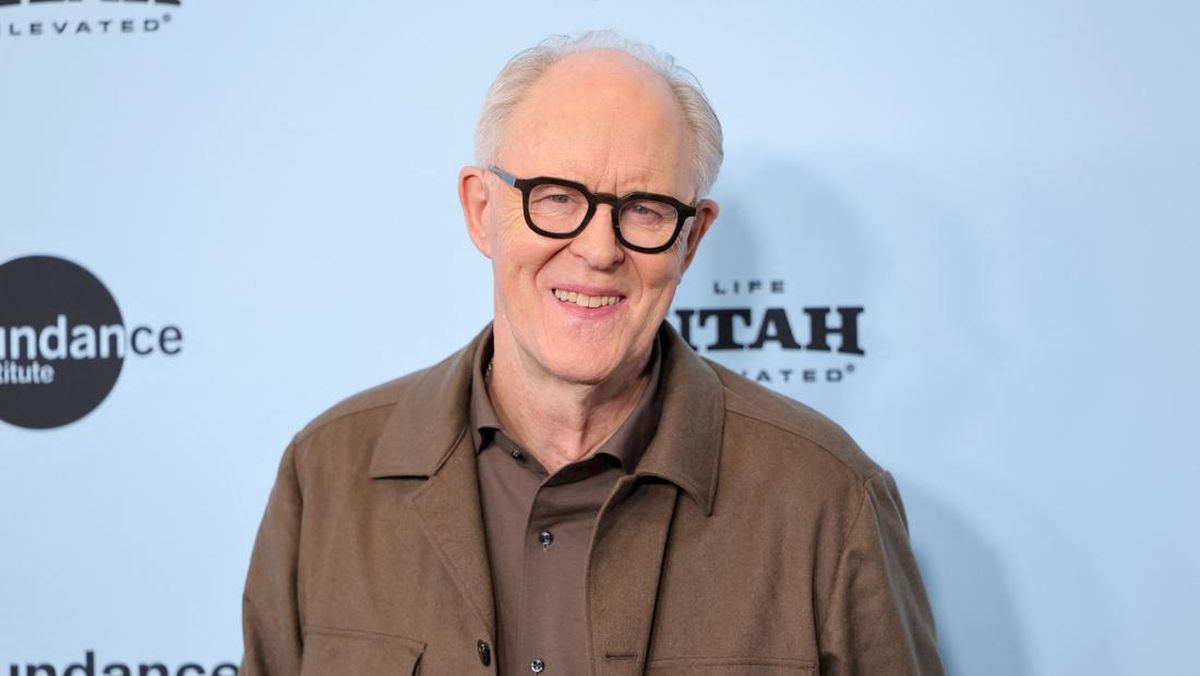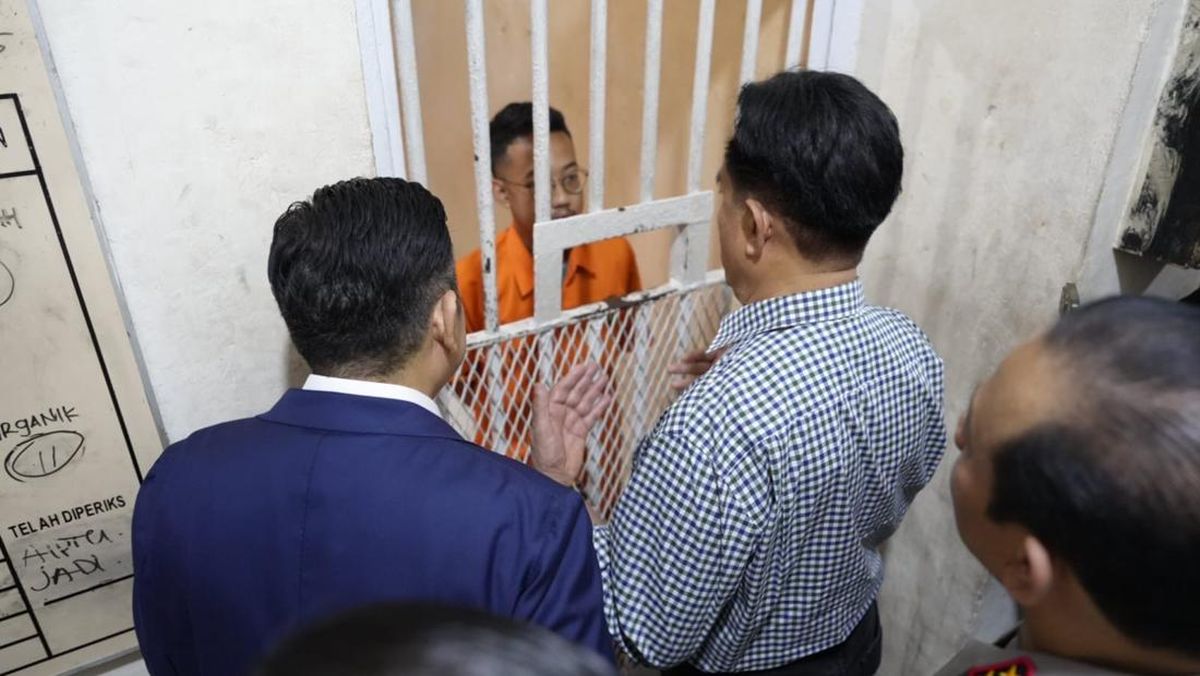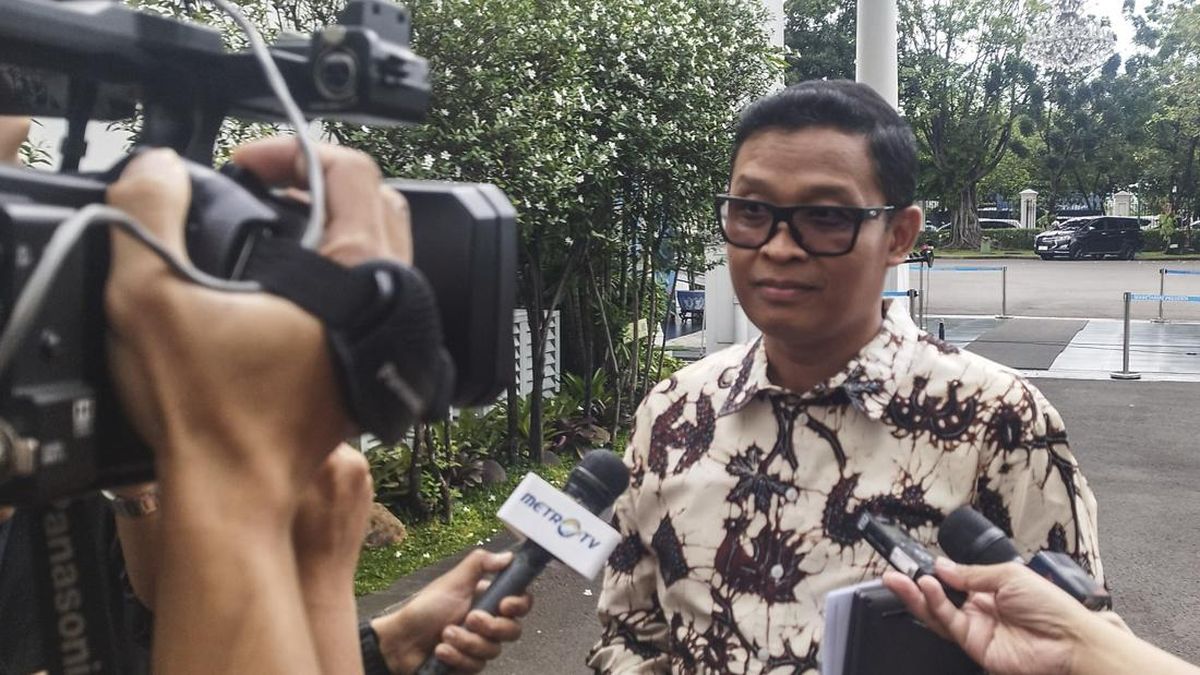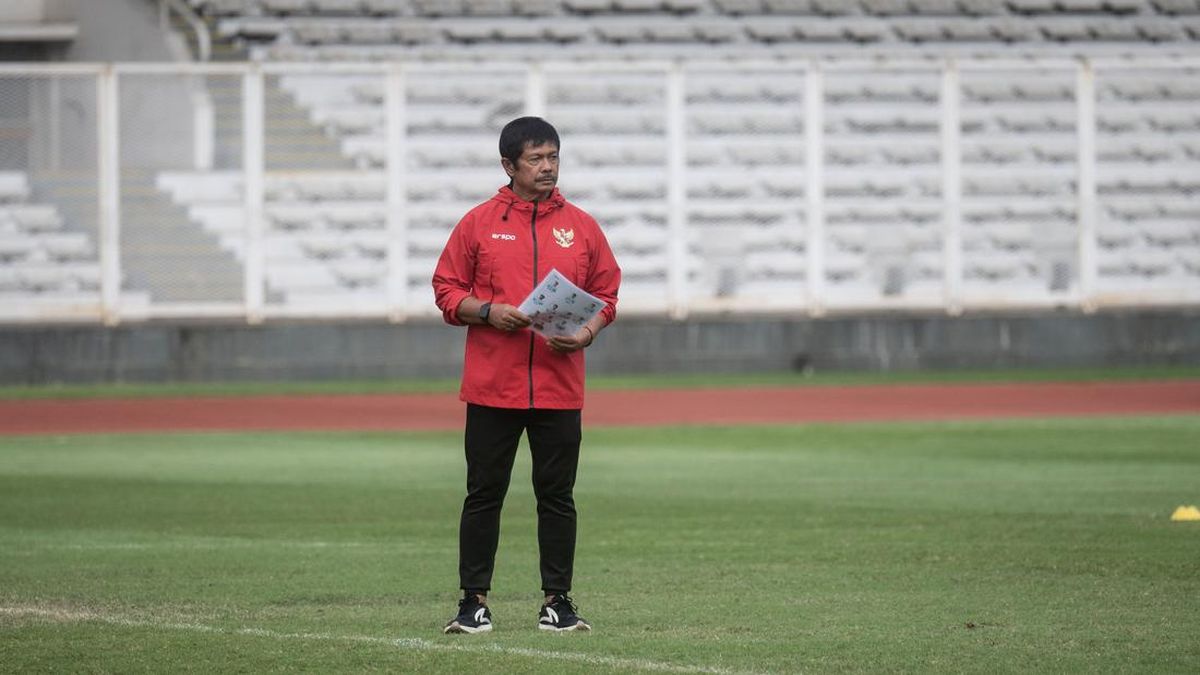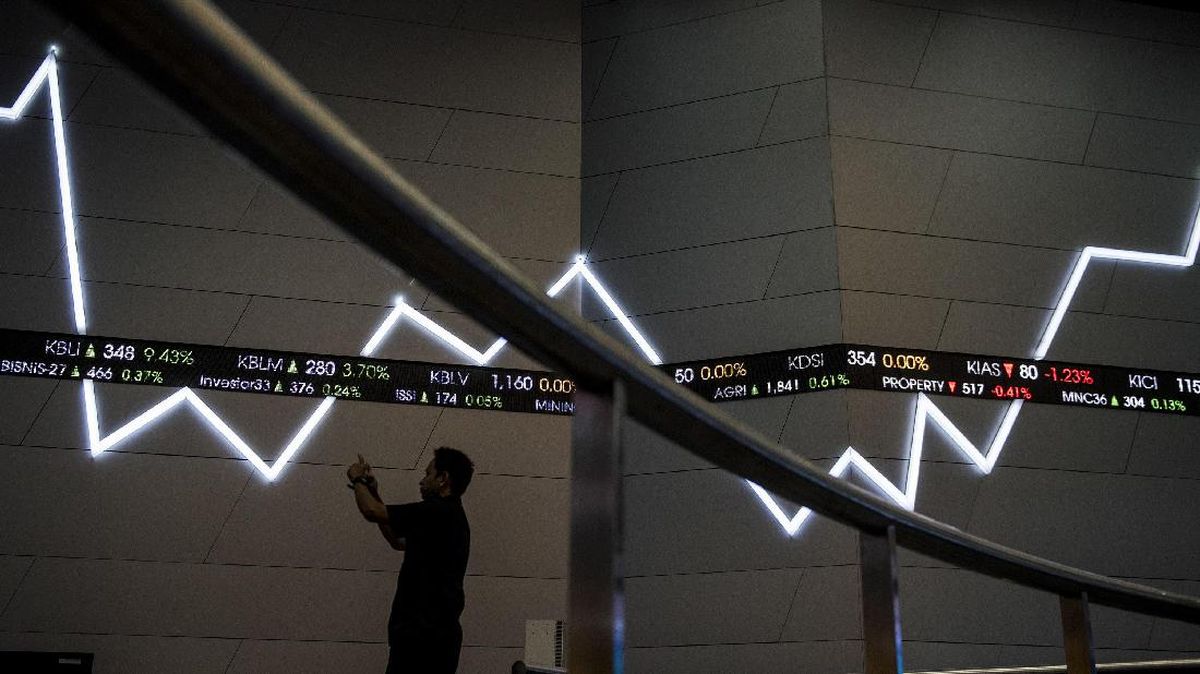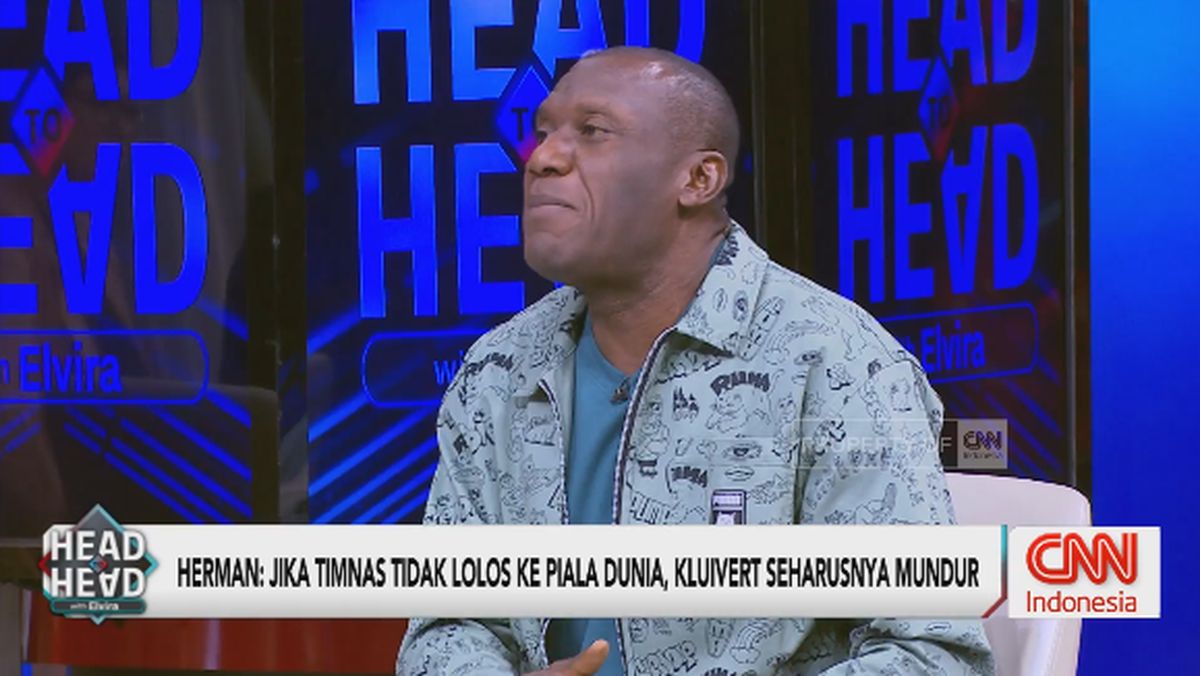I spoke last week to a Victorian early career teacher called Kieran. As a male early childhood teacher, Kierans are now as rare as rocking horse poo, so I was keen to help him. We need more Kierans in teaching.
Then I discovered that Kieran is already lost to my profession. He has accepted a position with a Western Australian mining company for 2026 as a fly-in fly-out worker.

Australian teachers are now among the most stressed of all OECD countries.Credit: iStock
When I asked Kieran what was behind the big decision, his candid response was as distressing as it was unsurprising. Kieran cited a 250 per cent pay increase and a reprieve from endless administrative workload. He also expressed a yearning for a typical workday not filled with straining to deliver on countless individual learning plans in a classroom of poorly behaved kids.
Finally, he said “I don’t really want to quit. But at least in mining, I’ll get proper breaks, a bit of respect and nobody’s mum abusing me online.”
When our teachers are trading classrooms for mine sites, it wasn’t surprising to discover this week our teachers are now ranked as the world’s third most stressed among OECD countries. That’s up from a ranking of 15th in 2018.
For lower secondary teachers, Australia ranked highest in the OECD for teachers experiencing stress at work frequently, at 34 per cent compared to a 19 per cent OECD average. The top sources of stress were “too much administrative work,” “too much marking,” and “keeping up with curriculum changes”.
Kieran’s story is reflected en masse across the OECD Teaching and Learning International Survey, one of the world’s most extensive ever about the teaching experience, which highlights that one in five young Aussie teachers have clear plans to leave teaching in the next five years.
The report reveals even more inconvenient truths about Australia’s teachers. It seems we’re now world leaders in a handful of critical domains that aren’t exactly worth bragging about.
Firstly, we maximise teacher time in the classroom. Which sounds great until it’s married with denying our teachers planning time at world record levels. These are the two critical arts of teaching – designing for learning and executing on that design.
And instead of investing in that design capability, we’re now starting to rely on AI and state-endorsed banks of lessons to reduce the planning burden. We wouldn’t deny pilots the chance to build a flight plan before taking off or throw a surgeon into theatre without them understanding the complexity of the task ahead of them. But apparently, it’s fine for teaching.
Loading
Further, this approach that respected Australian scholar Dr Linda Graham would call “canned curriculum” doesn’t help students. Texas A&M University studied this in 2024 and “found statistically larger gains in the student group taught via the teacher-designed curriculum than the group using the scripted version”.
Graham’s assertion is reinforced by a comprehensive University Of Sydney study of 18,234 Australian teachers that tells us what teachers are genuinely pleading for. They want to trade off that coalface teaching and administrative burden for planning time. They want training in supporting their complex student groups and their increasingly challenging behaviours.
Teachers like Kieran don’t need less planning time, but more. What they don’t need is endless explorations into student data sets, curriculum frameworks that are miles wide yet inch deep and to be spending their now 46.5 average working hours responding to parent complaints or filing pages of OH&S forms just to take their students on an excursion.
And they want their performance-obsessed systems to back the hell off, perhaps instead focusing their energy on creating a community narrative that our teaching workforce is loaded with trustworthy, qualified and morally driven pros who parents should feel privileged their kids can access.
The cost of not addressing the factors in the OECD report is astronomical. We stand with our toes at the edge of a future where classrooms are predominantly staffed – if at all – by the inexperienced, the indifferent and the burnt-out teachers who remain behind.
At this point, the problem becomes less a workforce issue than an existential threat to our national prosperity.
The path back isn’t another wellbeing seminar for our teachers or a pep talk. A desirable future for the apparent “education state” also doesn’t lie in numberplate slogans or mealy-mouthed platitudes after NAPLAN results are released.
Unless we stop forcing teachers through another round of low-impact, branded behaviour and anti-bullying programs, and instead help them learn to connect, include and restore relationships with today’s unique brand of kids, we’ll keep losing them to exhaustion and frustration.
Loading
Unless we address that our teachers just don’t spend enough of their energy on purpose-related work, they’ll choose other options.
Unless we adopt a new respectful narrative about teachers and teaching, we’re going to drive out the great teachers and principals who are responsible for building our next generation.
Kieran isn’t leaving teaching because he stopped caring about kids. He’s leaving because the industry stopped caring about teachers.
And if the people shaping the futures of our children are walking away for tougher, dirtier careers on the other side of the country … what does that say about us?
Adam Voigt is a former principal and founder and CEO of Real Schools.
Most Viewed in National
Loading


